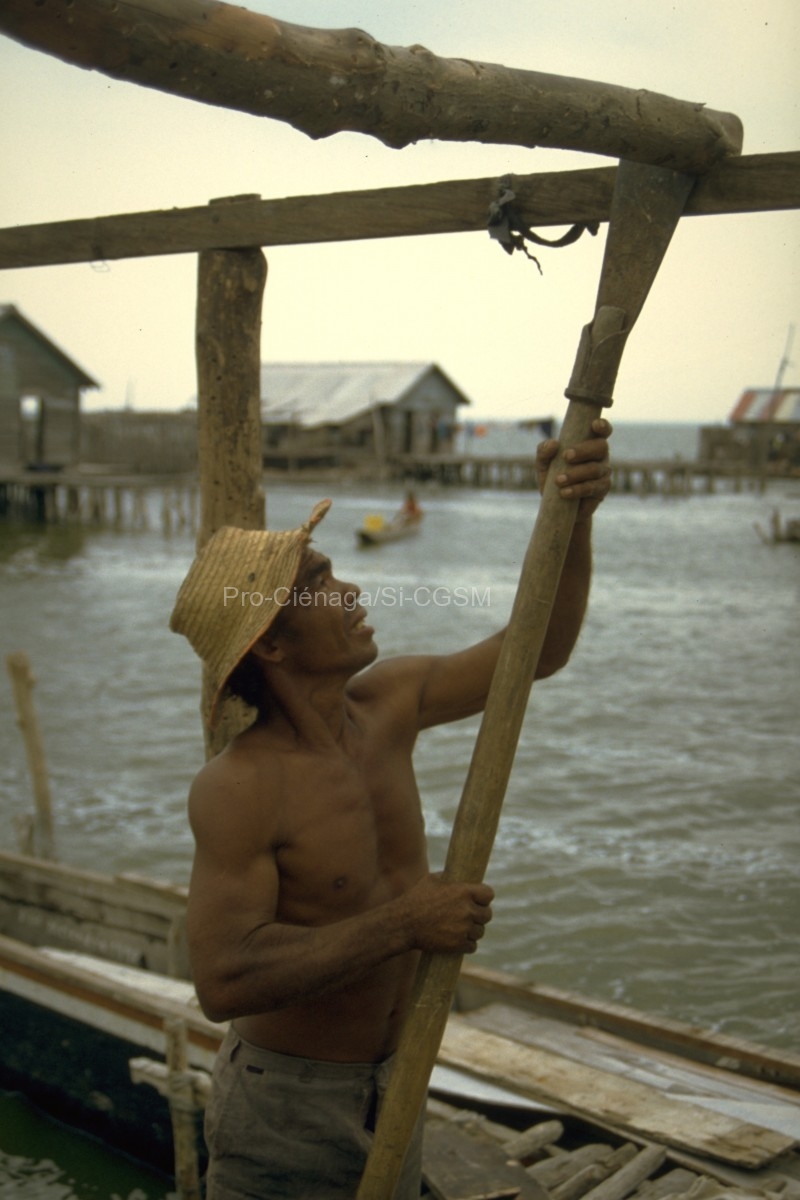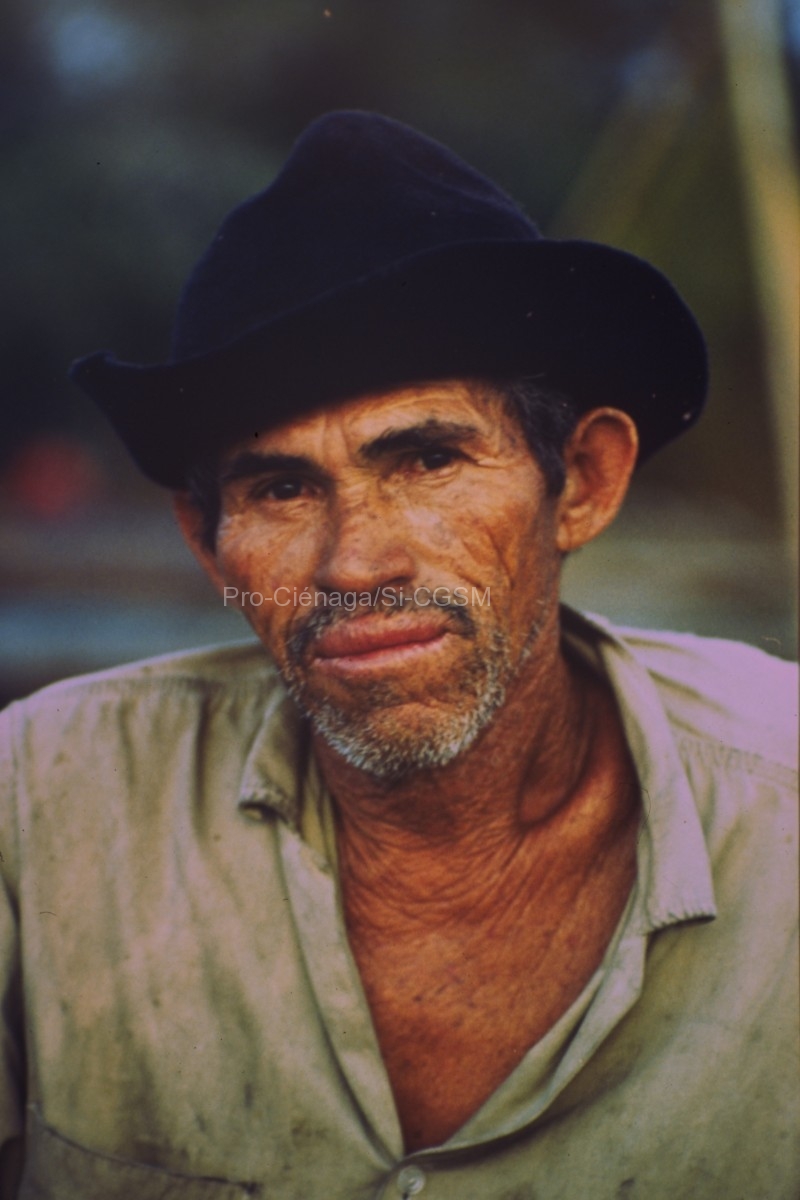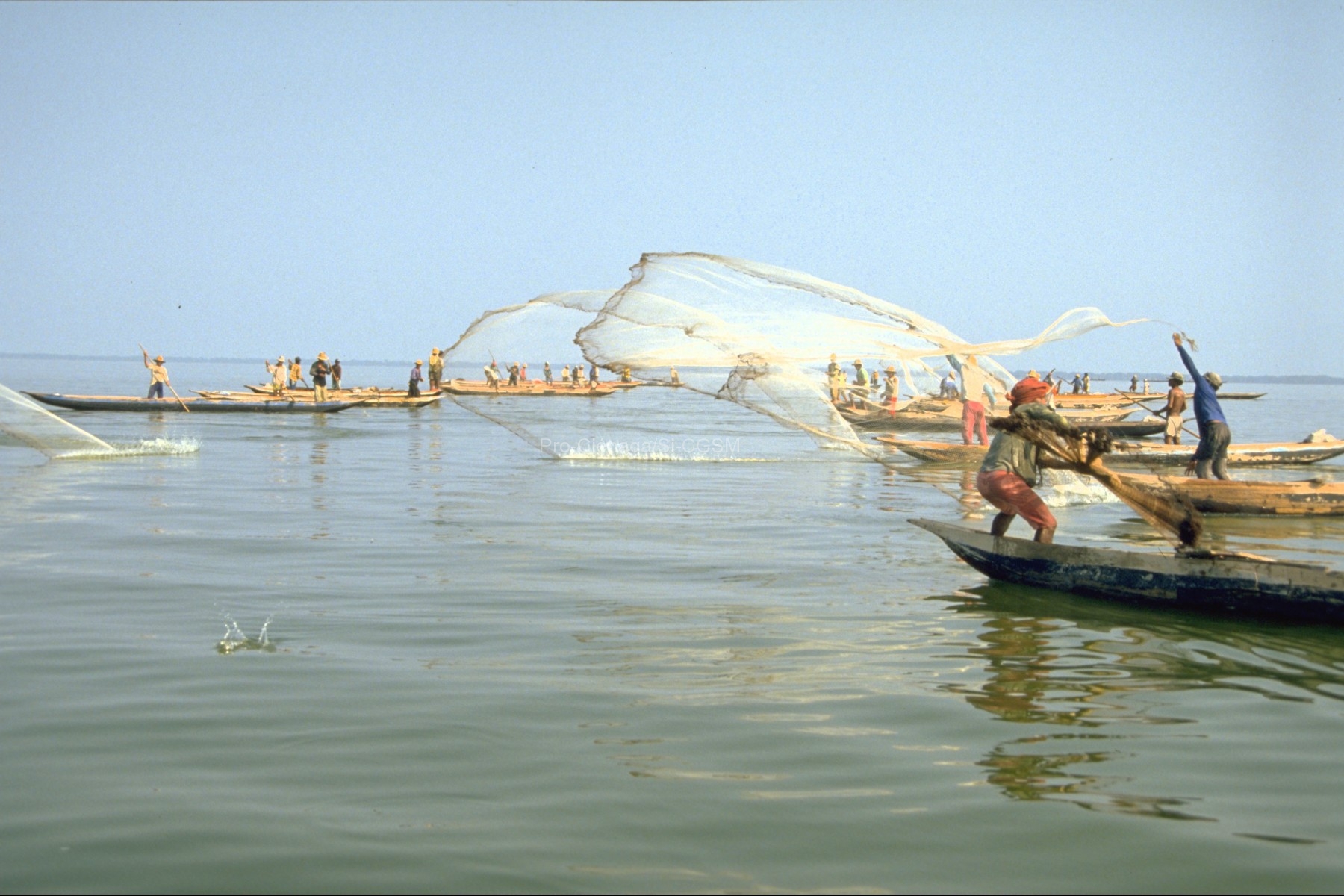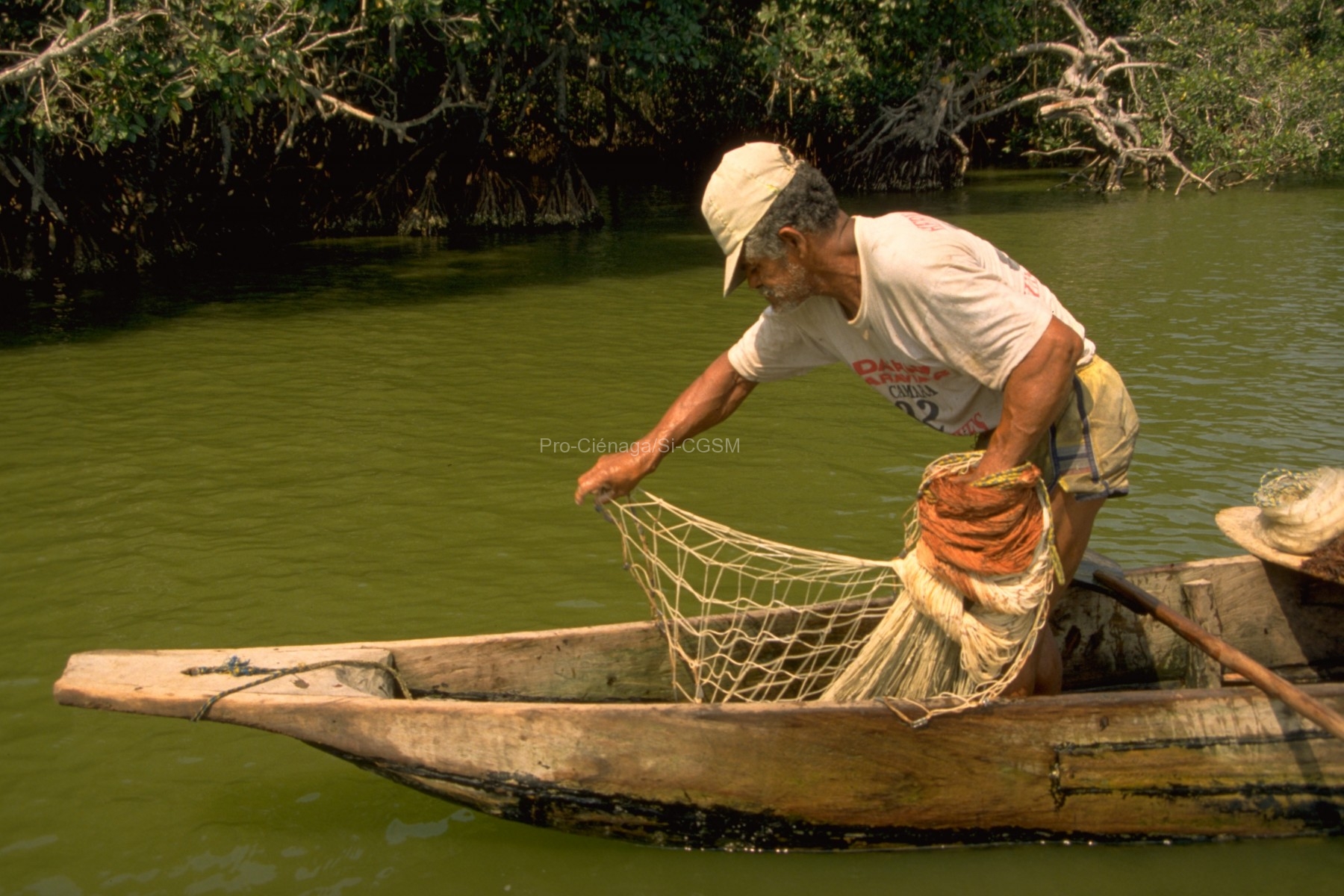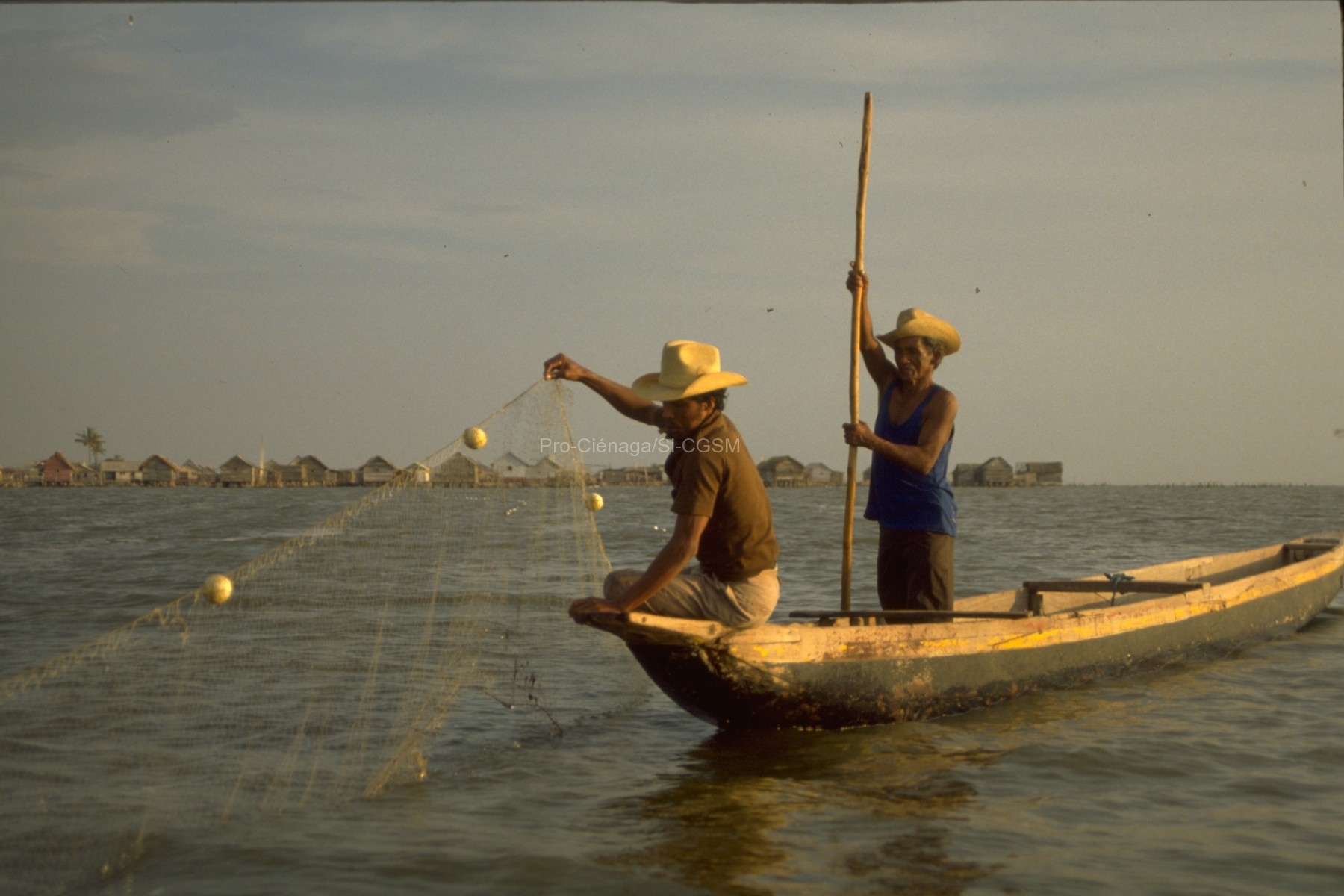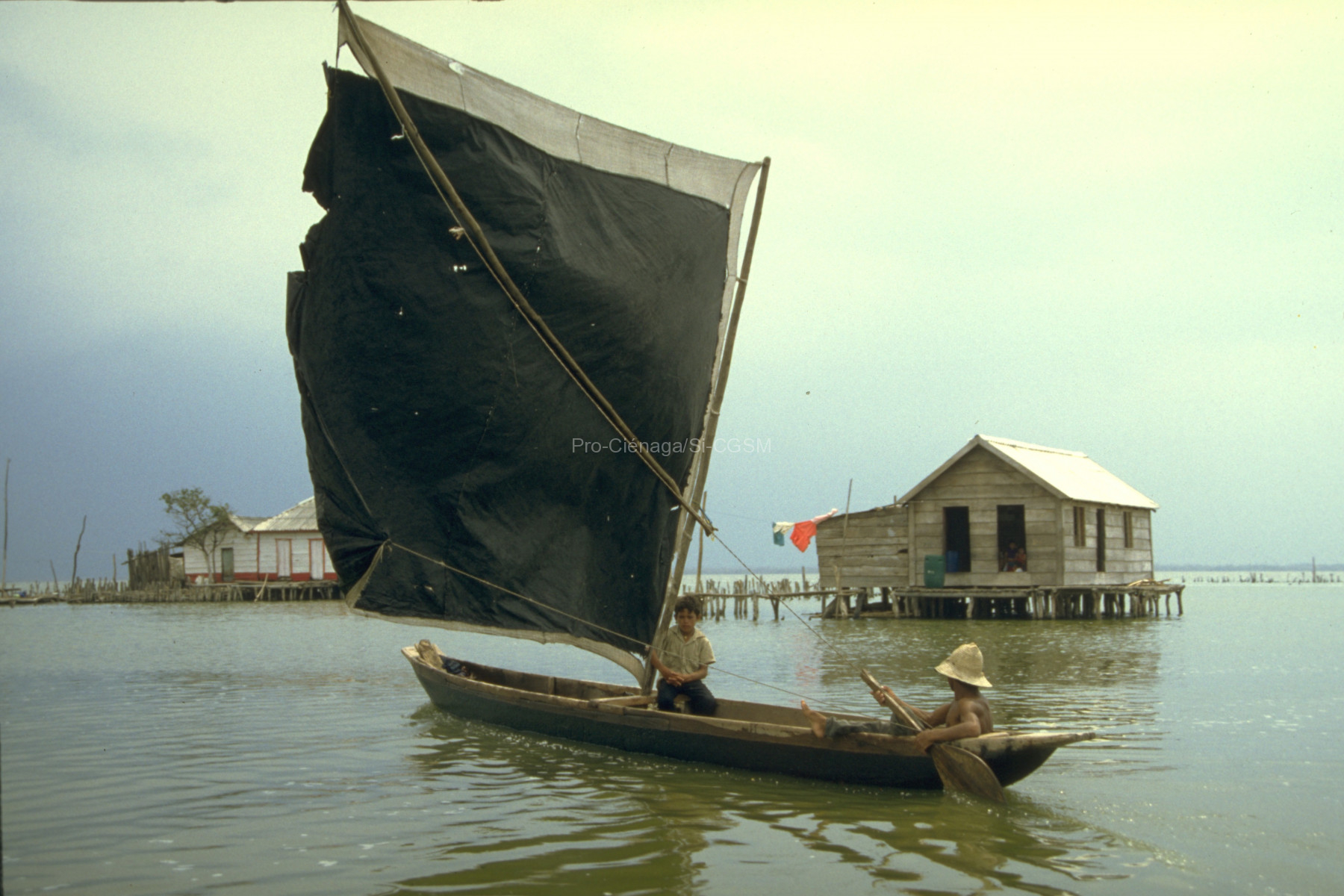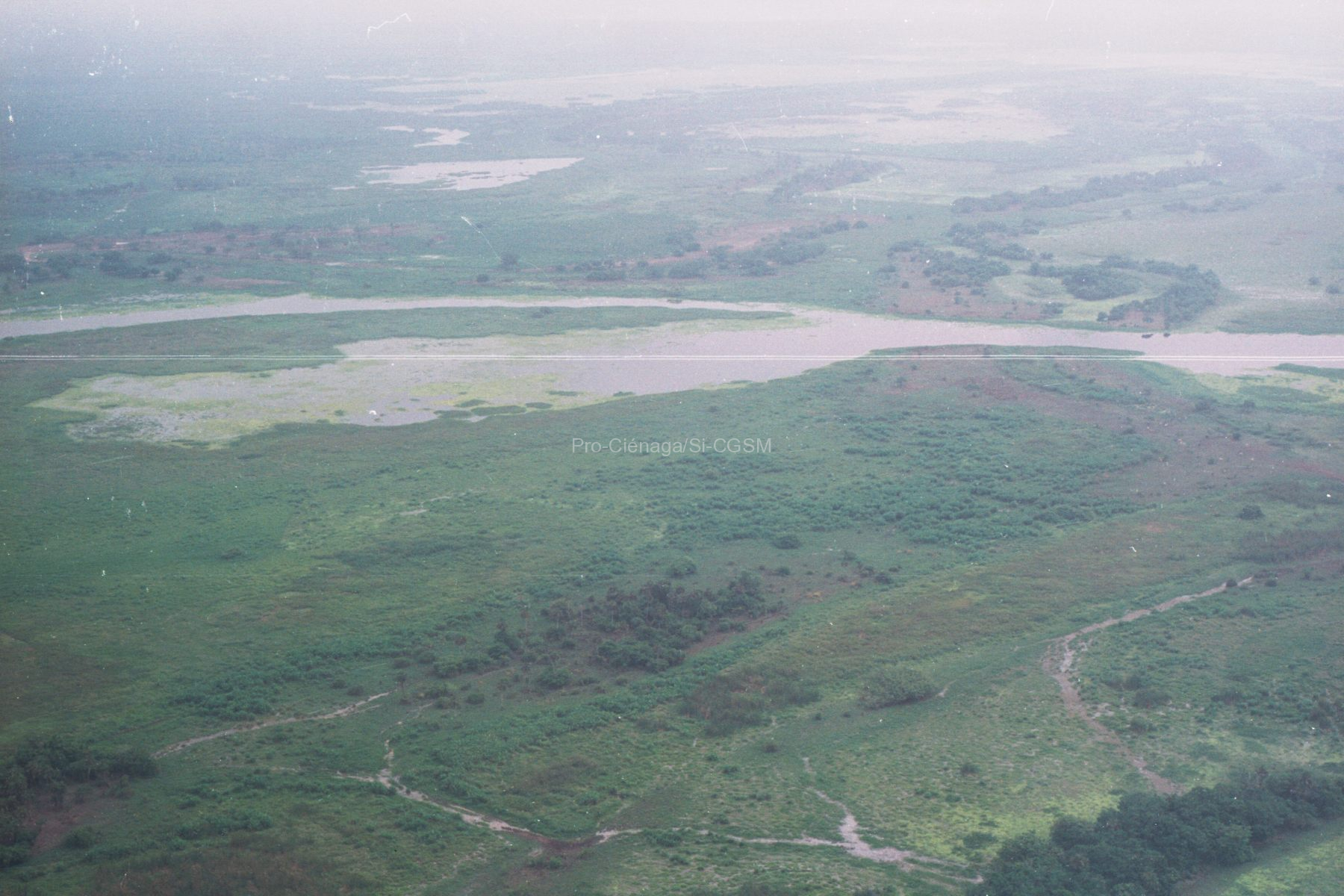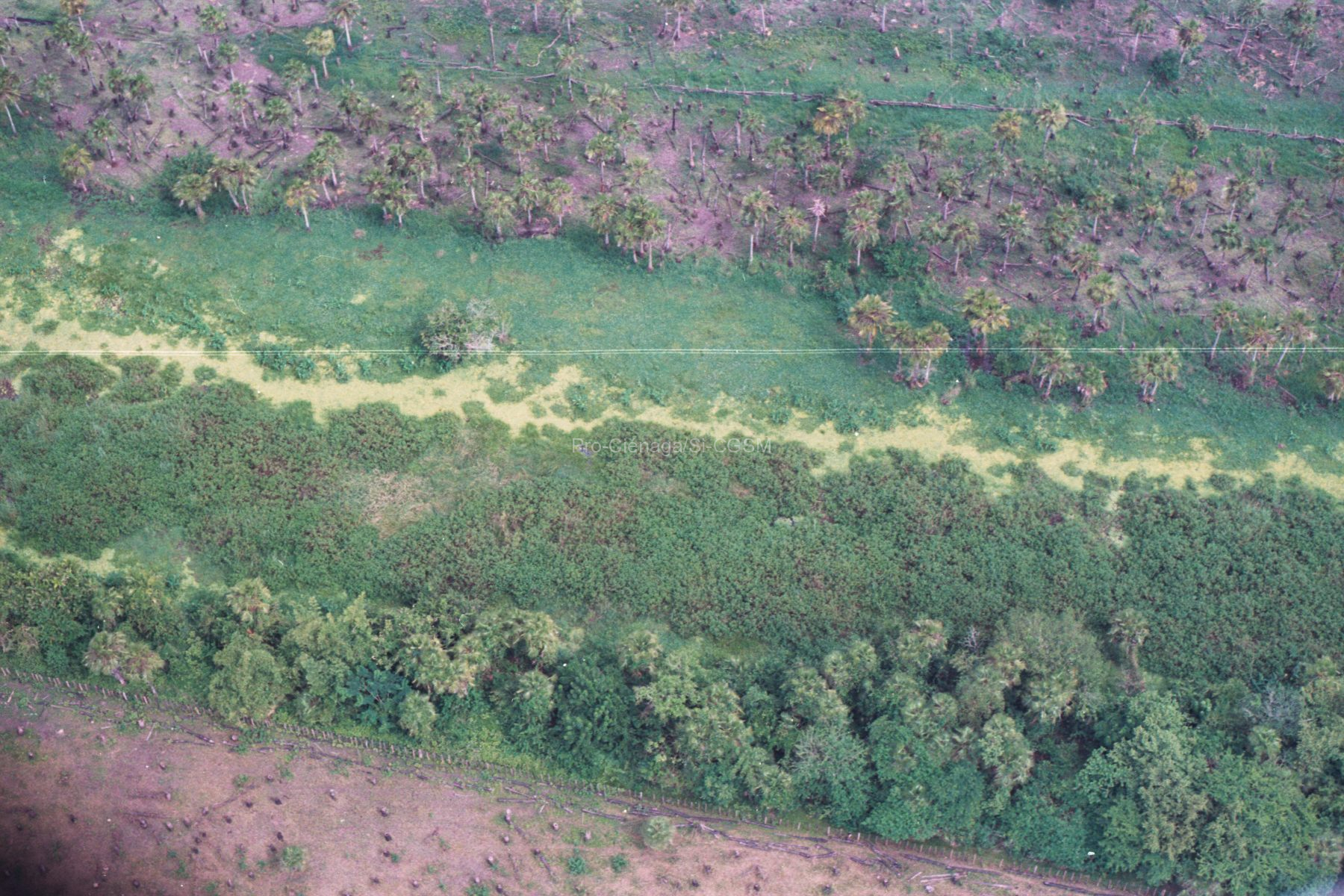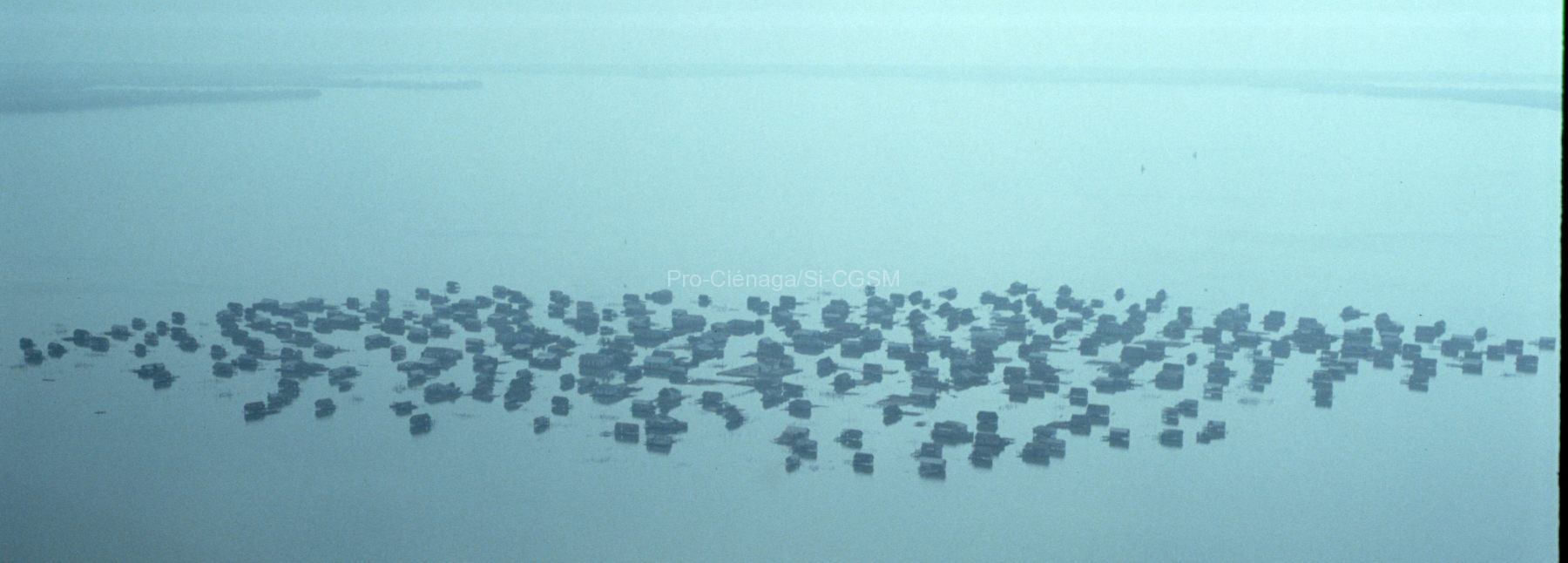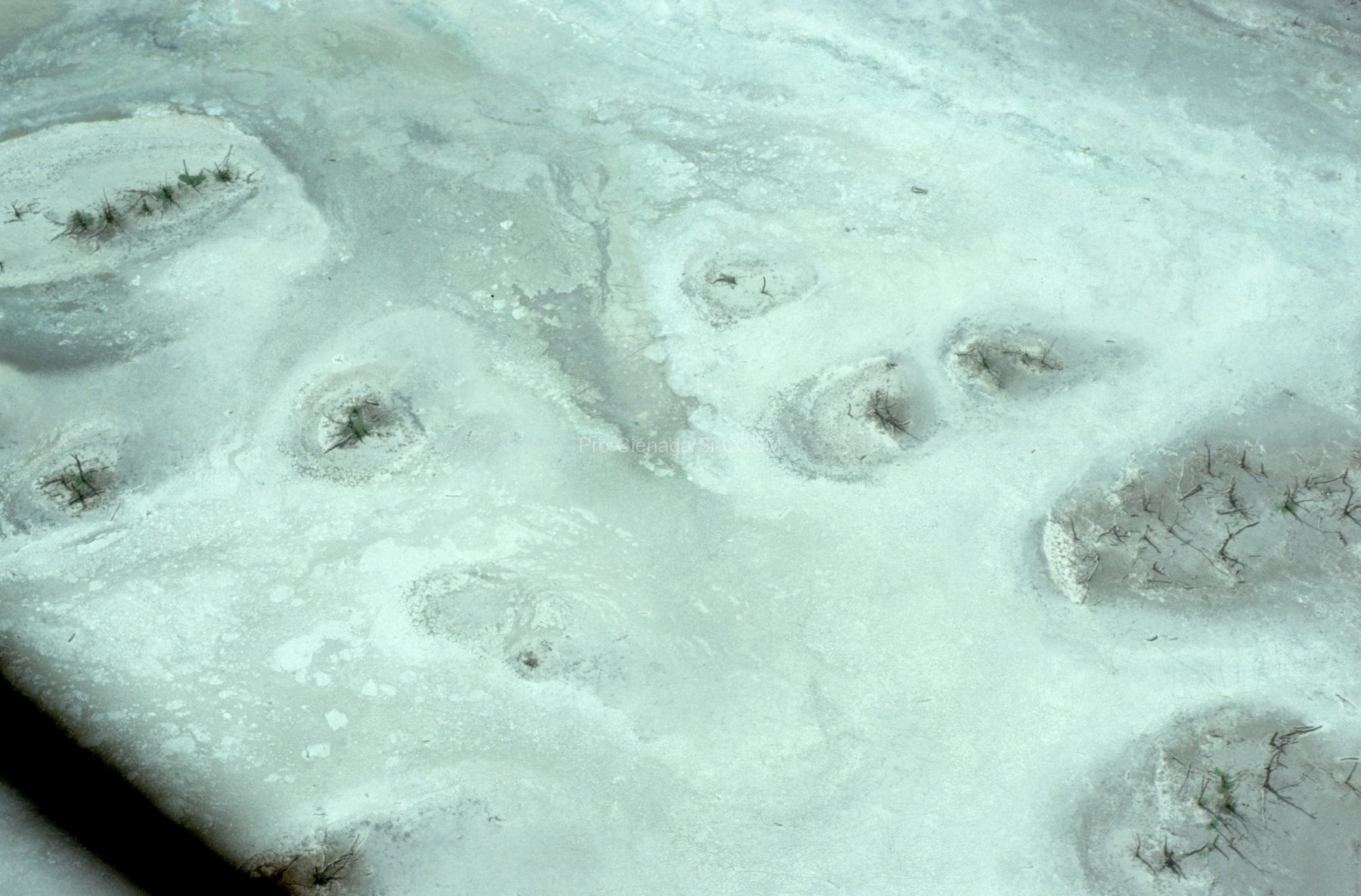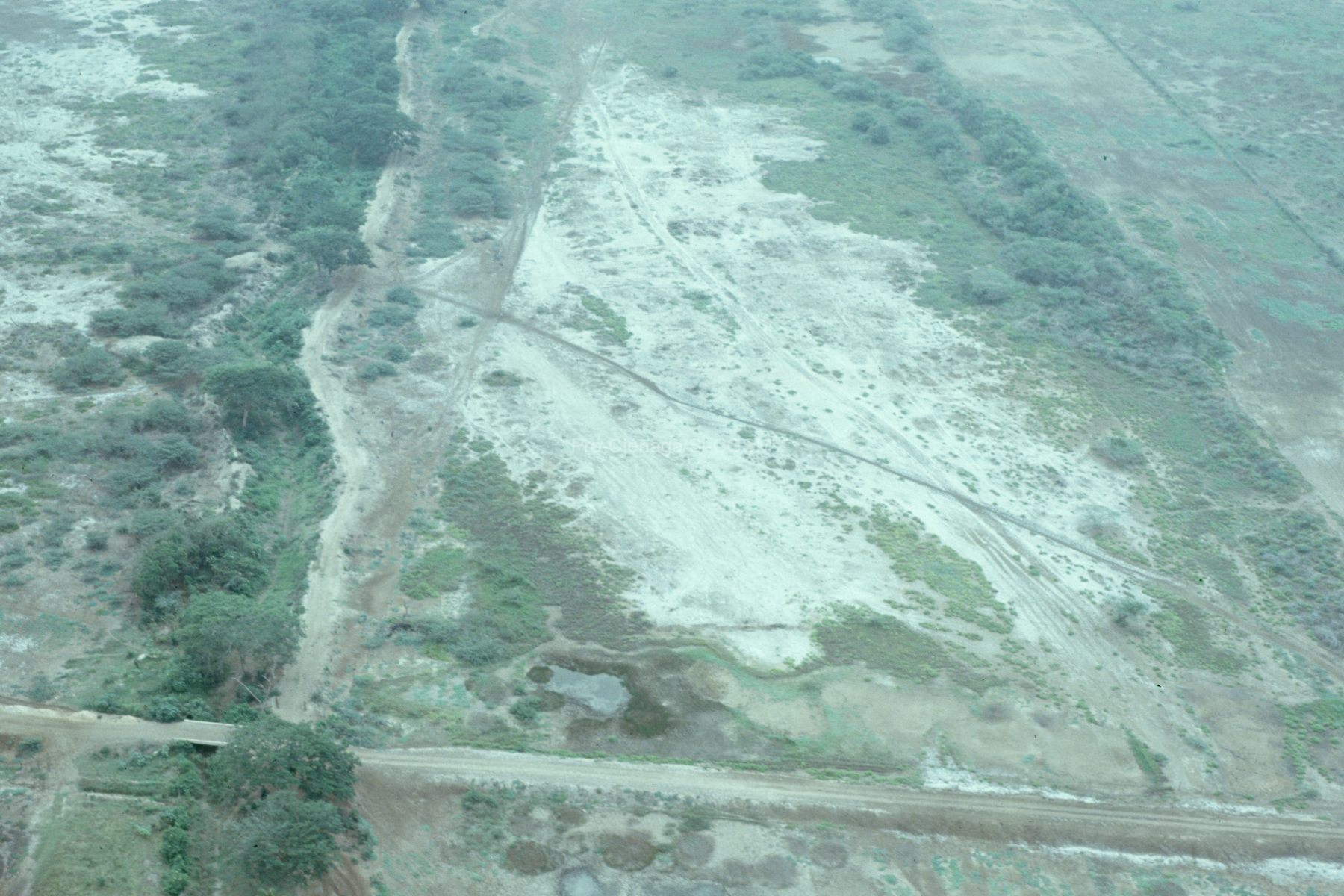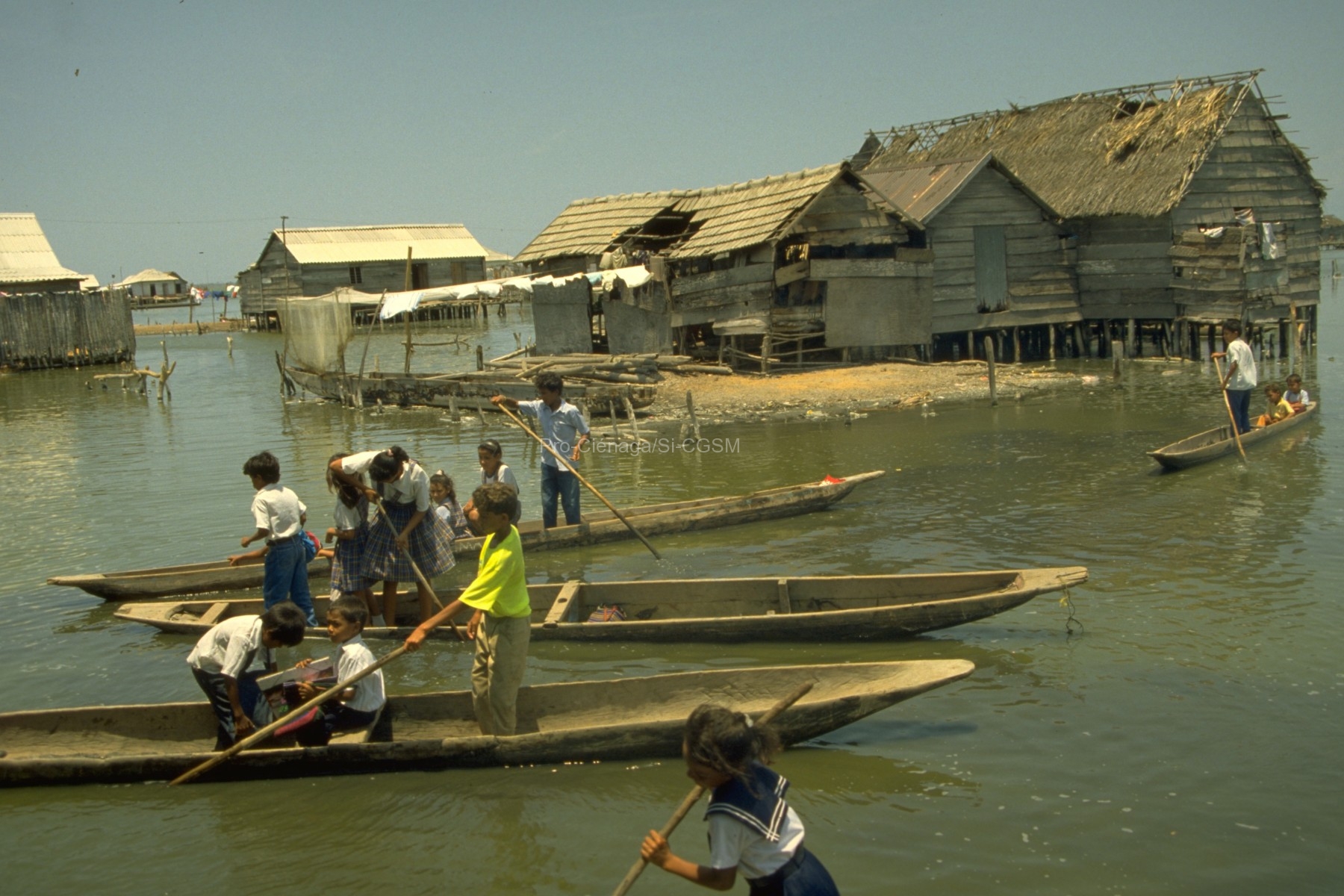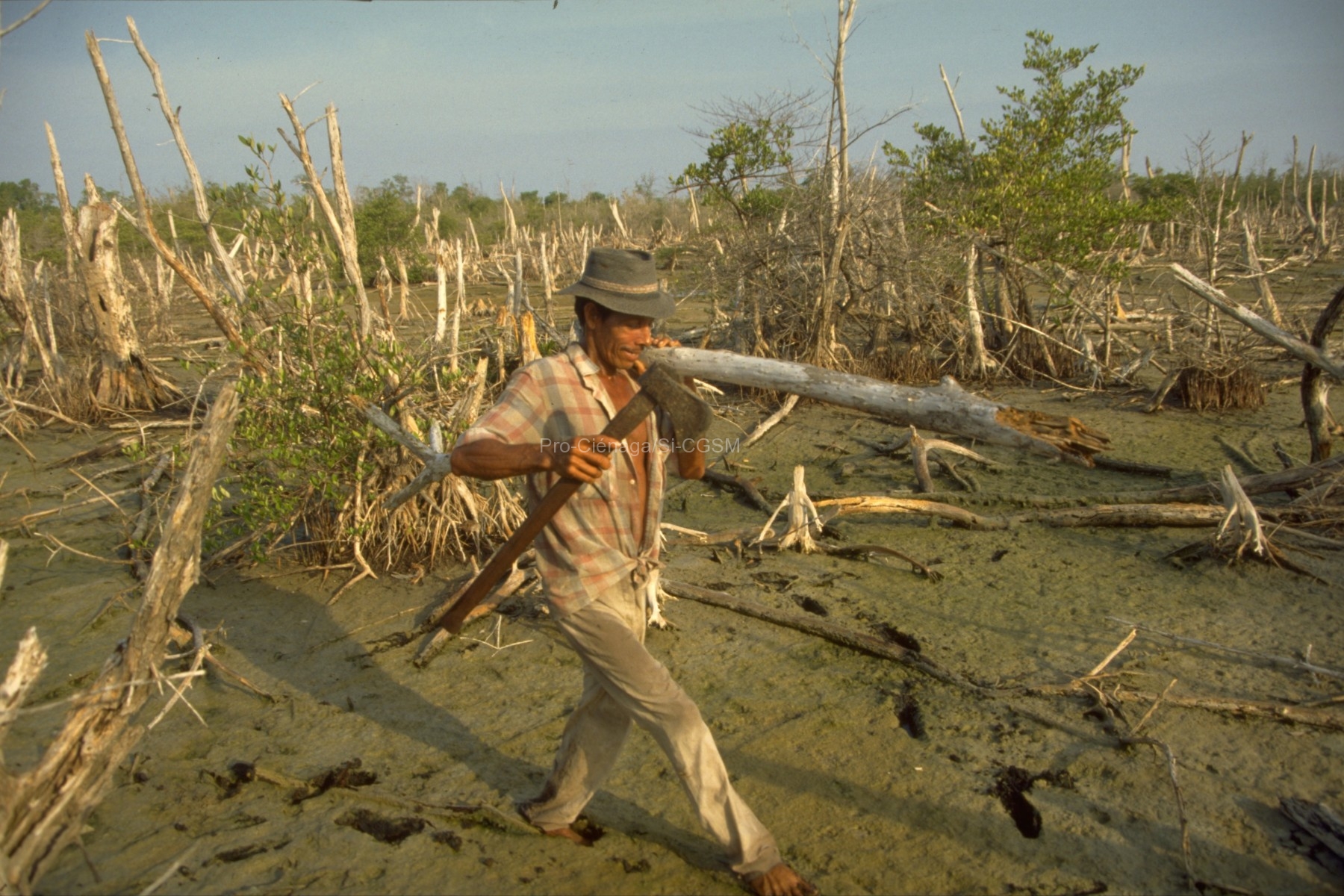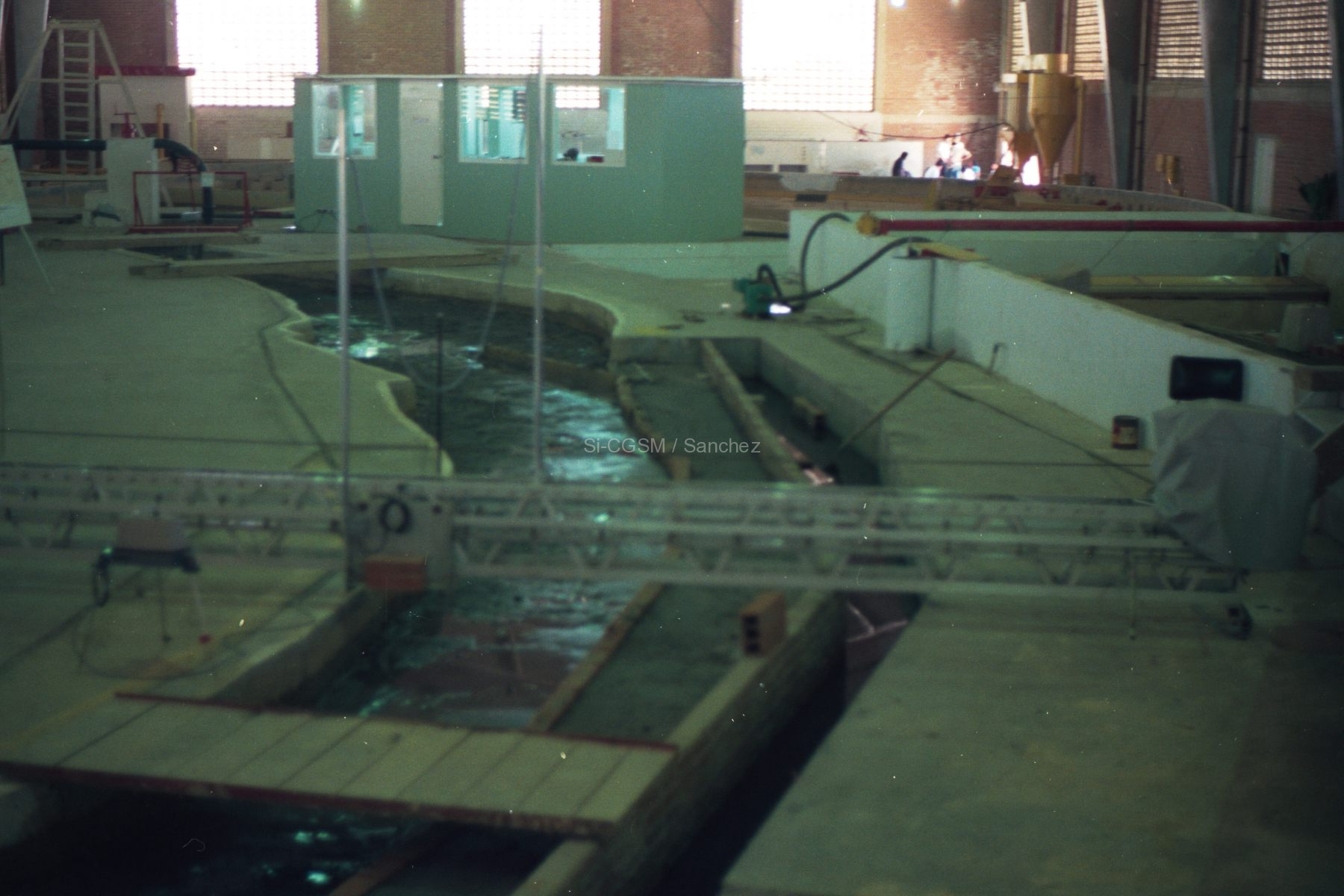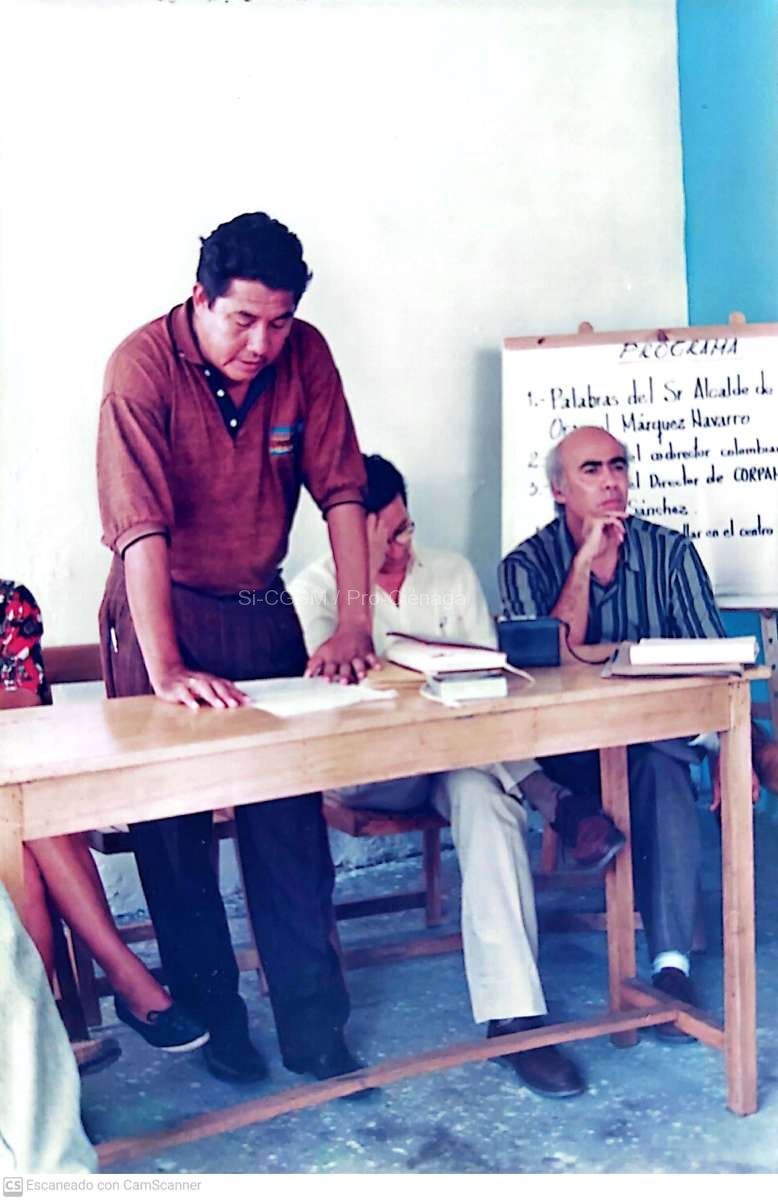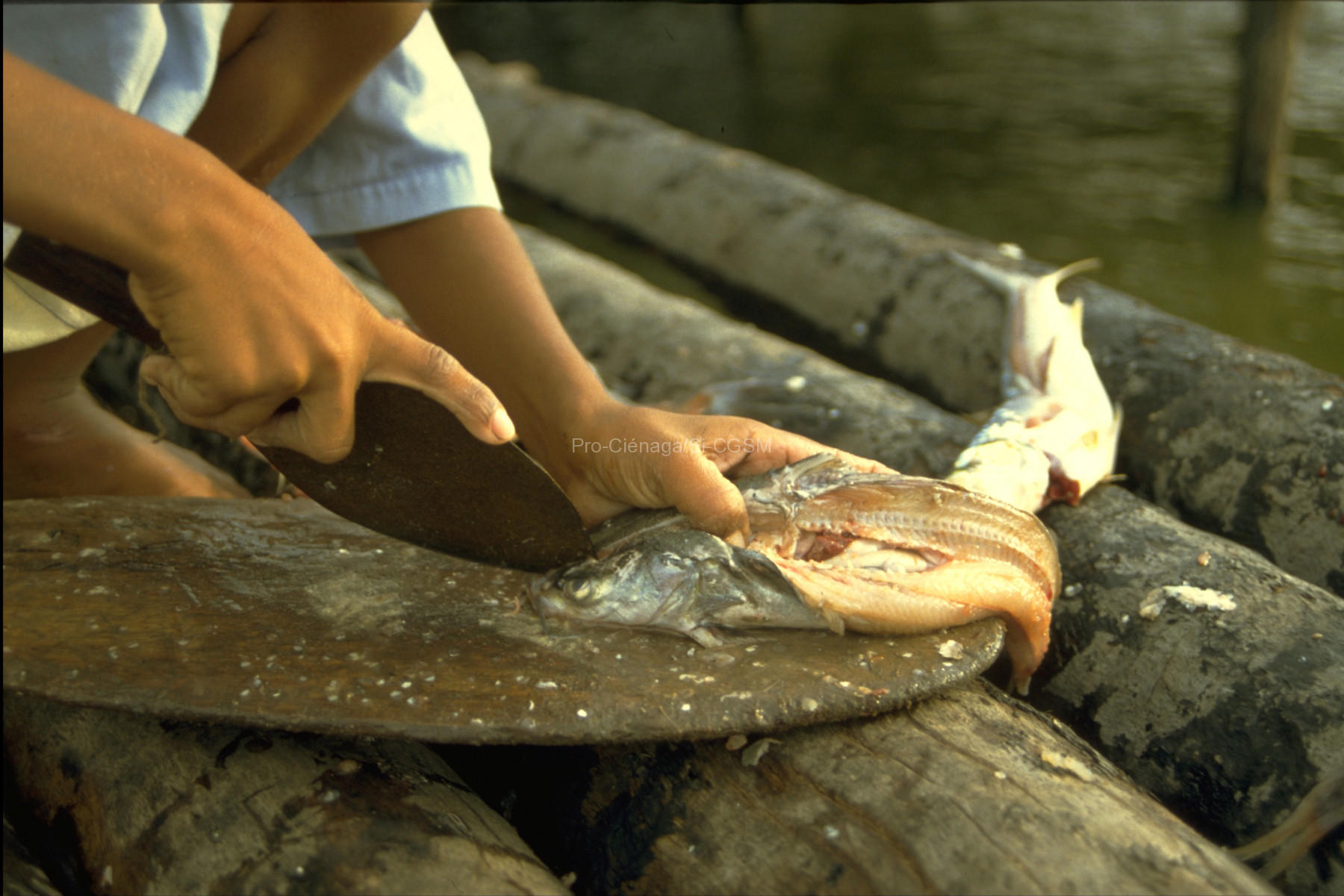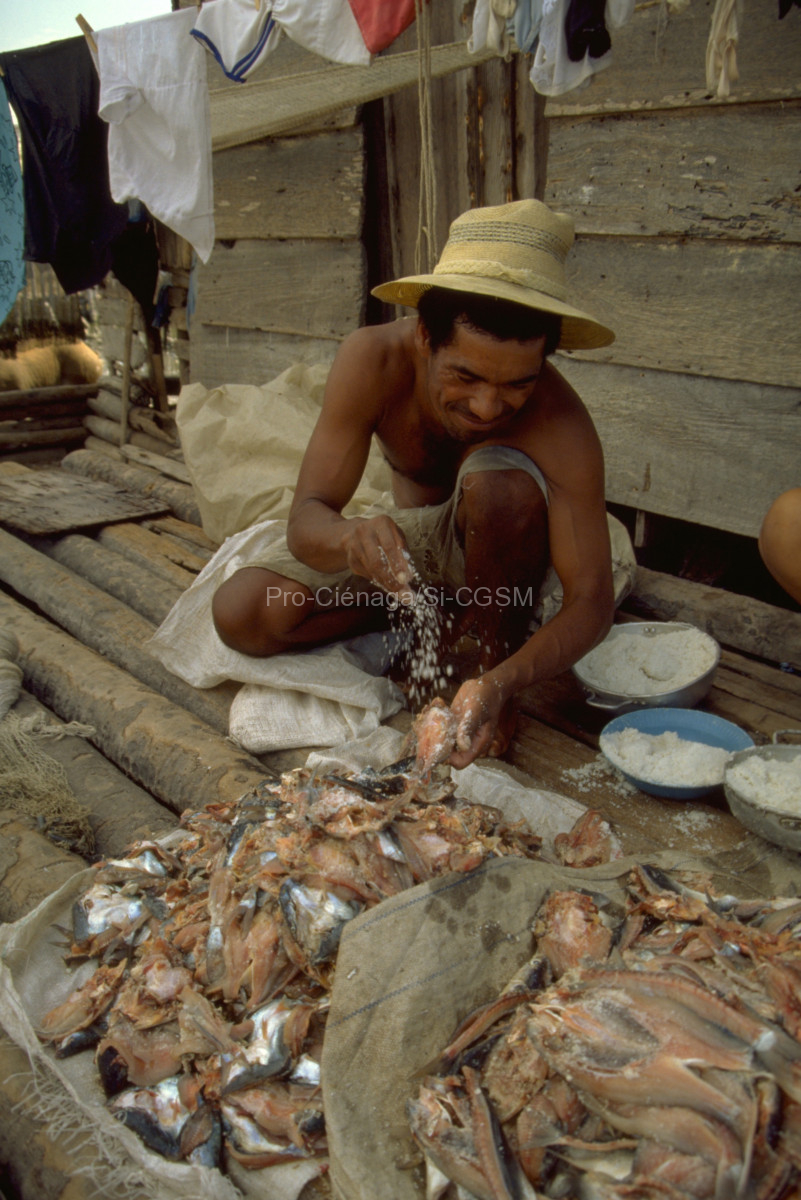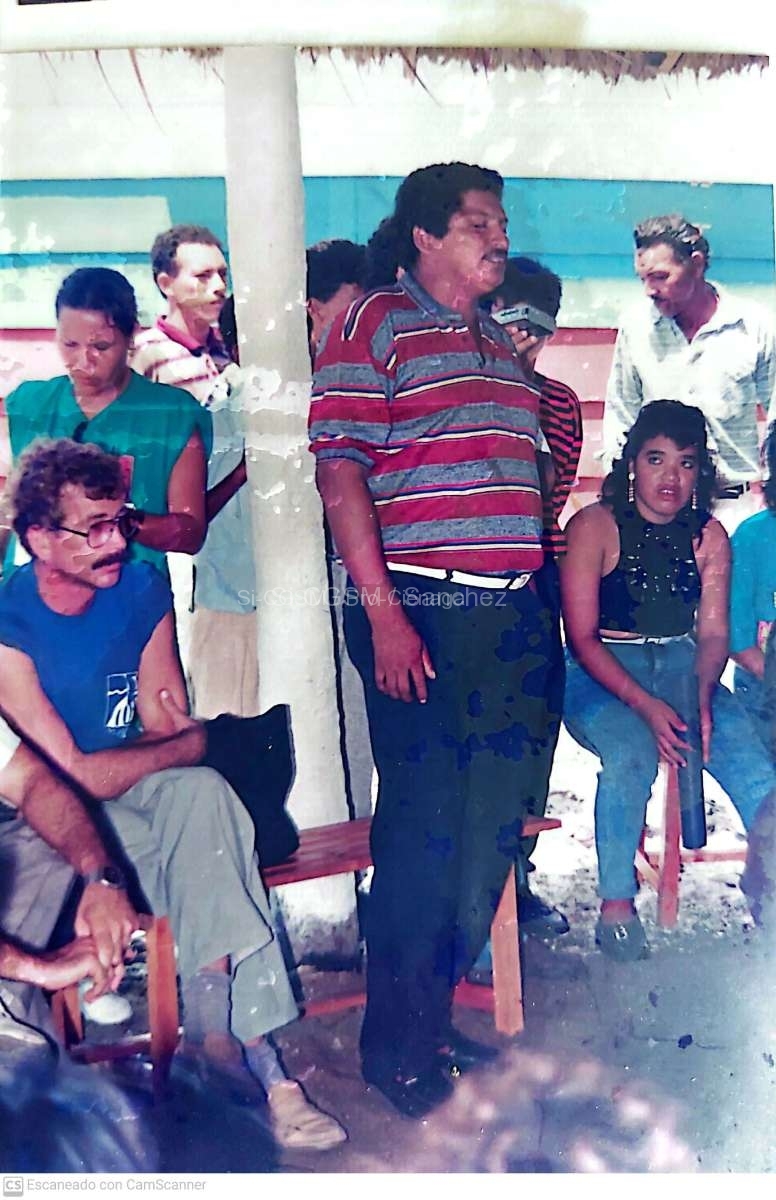https://doi.org/10.1177/0959683614534740
We analyzed diatoms, lithology, and stable isotopes in a sediment core from the Ciénaga Grande de Santa Marta lagoon to reveal the history of late Holocene relative sea level rise and the ontogeny of the lagoon on the Caribbean coast of Colombia. At ~5300 cal. yr BP, the area was characterized by shallow, freshwater ponds that were prone to seasonal flooding. From ~4250 to ~2060 cal. yr BP, these ponds became brackish as relative sea level began to rise, and since ~2060 cal. yr BP, marine conditions have prevailed. In addition to tracking relative sea level rise, we also investigated periods of greater and lesser precipitation during times of brackish and marine conditions, respectively, as indicated by diatom-inferred changes in water salinity and shifts in the source of sediment organic matter. Comparisons with other regional paleoenvironmental records suggest that humid climate conditions prevailed in the Caribbean until about 4000 cal. yr BP. After that time, climate became more variable, with drier conditions registered from ~ 4000 to 2000 cal. yr BP. Wetter conditions returned after ~2000 cal. yr BP.

